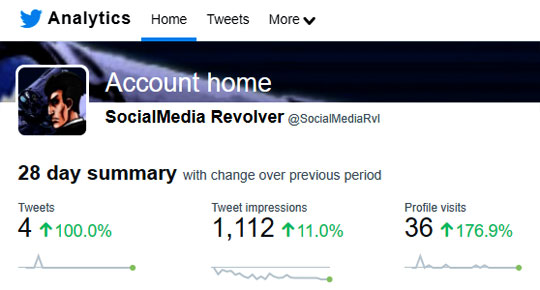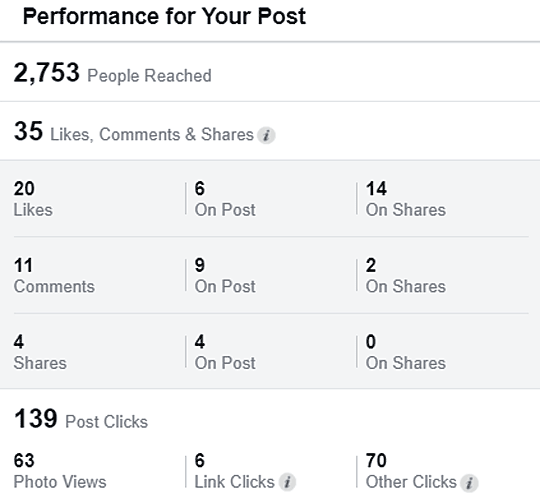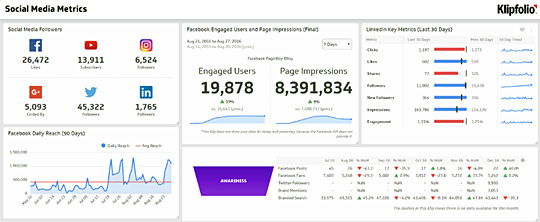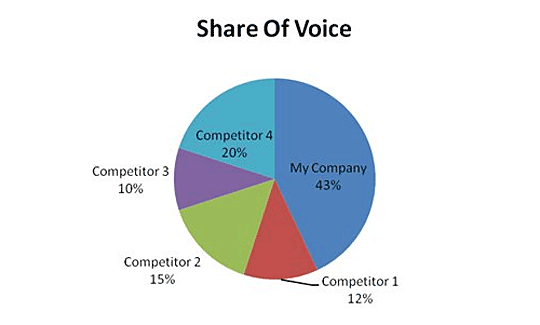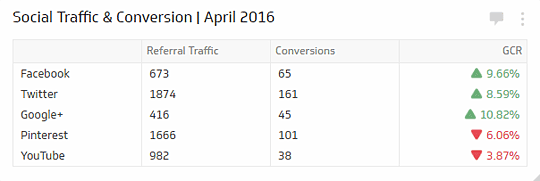Social Media Metrics measure the effectiveness of different social media tools that are used to create brand awareness or for other marketing goals aligned to company objectives.
To assess if the company’s time and money spent on social media marketing is paying off, it is essential to study and analyze different monitoring methods that witness the activities on social platforms and conclude upon brand performance.
Social Media Analysis
The amount of valuable data that social media can gather is huge: this data can be analyzed through different performance evaluators such as brand loyalty, behavioral targeting, etc. However, to achieve the desired results from these data insights, it is essential that the marketing goals are clearly defined and aligned with company objectives to choose performance indicators accordingly.
Social media analysis is a process of collecting, measuring, evaluating and interpreting data and fulfill company’s goals and objectives.
The effectiveness of different metrices is subject to needs of the company. Few marketers choose to use the traditional metrics like click rates, time on page, content shares or comments; whereas other marketers prefer to use the more complicated ones such as text analytics, search-based applications, etc.
Evaluating The Correct Social Media Metrics
You will find a unique analytic tool for every social media platform. For example Facebook has it in the Insights tab, Twitter has it in the Twitter Analytics whereas Instagram and Pinterest require a business account to display insightful data. There are numerous social media analytics tools for businesses to choose from according to different budgets and requirements of each business.
Once you define your objectives and decide on the data collection strategy, the real challenge is to pick the right metrics. The best solution to that is to connect your metrics to your objectives. For example, if your goal is to create awareness, you might want to utilize the number of impressions created to start with and then the level of engagement through engagement metrics such as likes and comments. The right thing to do is to interpret the right meaning of the metric and connecting it to your business goals.
Engagement (Likes, Comments, Clicks and Shares)
This is a vast category that sums up the real interaction with the audiences. Post likes, comments and shares together make up the smaller engagement metric for a network. A higher engagement statistic indicates a higher rate of responsiveness that you are getting from your brand audience.
Let’s have a look at different engagement metrics in detail:
- Likes, Comments, Shares – Indicate the engagement level on an individual post basis like a share of an individual Facebook post or a retweet. It accumulates and shows a total figure of the number of engagements to the published post.
- Mentioning the account – The Facebook mentions using @name of the business page to optimize social media search. This strategy can also be utilized as a tag in the Instagram story for feedback, or for audience to add into their stories and to show strong customer brand loyalty alongside increasing awareness. It particularly helps in reaching out more audience as well.
- Post Engagement – This is the measure of dividing the number of engagements with the number of impressions and is analyzed in terms of the level of interest of the people who reached out to the post.
To analyze the success of your post, it is important to overlook a suitable combination of all the engagement metrics. If you take on as an indicator, it will not give you the real picture.
As an example, if a Facebook post has a higher number of shares and comments but not likes then it wouldn’t mean that it is not a hit. It could be a picture with a bitter fact of reality which still reached its objective through the shares.
Awareness (Impressions and Reach figures)
The Awareness social metric is an indicator of your brand popularity and its perceived value. Impression and reach could be better used separately in the same boat and it is important to understand the difference between the two. For a post, Impression is the times of occurrence of a post on someone’s timeline. Whereas, Reach shows the targeted viewers (includes the follower accounts and the ones that reached out with the followers’ shares).
If your marketing goal is to creating brand awareness and educating your potential buyers then you would need to evaluate both the engagement metrics and impressions. Let’s say your post has a low engagement indicator but a high impression count, it would mean that the post was less appealing and could not indulge the viewer.
The following picture (produced by Klipfolio) is a social media dashboard that has collective information of all the current metrics. It eradicates the need of checking each metric separately and makes it easier to overlook the ROI of social media marketing efforts.
Share of Voice
Share of Voice is a metric that displays how well the company has its dynamics in the minds of the people through social media. It can include public relations, advertising campaign effectiveness, competitive advantage showing how much your brand is valued over your competitors’ etc. especially on the social media.
The picture below (from Digicon) is an overview of how Share of Voice results can be displayed helping the marketers to plan their competitive strategies accordingly.
Referrals and Conversions
This metric is widely used by the companies that operate majorly through websites or other e-commerce platforms. It is said to be one of the most reliable method to monitor the social media ROI.
In order to gather data of this metric, a UTM tracking or a website analytics system like Google Analytics or Shopify has to be used. Referrals show how a user reached the website whereas Conversions is the number of people that made a purchase transaction using the website. A CTR (Click-through-rate) is an indicator with referrals and conversions to show how successful an ad post is. The example picture (by Klipfolio) below shows how:
As Jeff Bezos from Amazon puts it:
“If you make customers unhappy in the physical world, they might each tell 6 friends. If you make customers unhappy on the Internet, they can each tell 6,000 friends.”
Wrap-Up
In today’s modern world, this is the power of social media itself. It very well explains how impactful these metrics can be while making a marketing plan for a brand. Among the many social media metrics, the few important ones are explained above that will give an entire overview of the company’s social media performance.
From a marketing perspective, social media plays a vital role in shaping the marketing plans to achieve the company’s strategic goals.
[Images – Main Photo by Andrea Piacquadio from Pexels; other images from their respective websites and/or social platforms]
Simon Choi is a small business owner from Melbourne, Australia who founded specialist niche photography business Refractique. He has previously worked in consultancy firms and Financial Services in marketing and change management. Simon writes in business and psychology.

